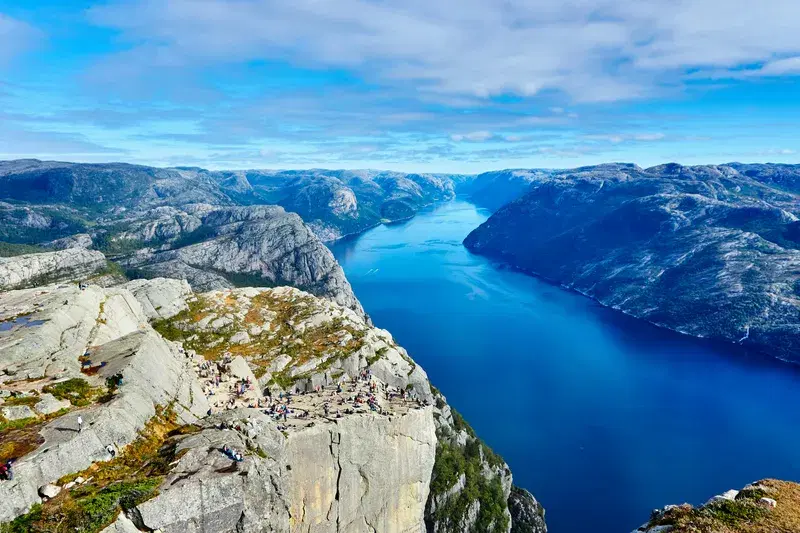Aerial Photography Techniques: Capturing Stunning Landscapes


Aerial Photography Techniques: Capturing Stunning Landscapes
Aerial photography has revolutionized the way we capture the beauty of our planet, especially in the realm of landscape photography. With the advent of camera drones, photographers can now showcase breathtaking perspectives that were once only accessible by plane or helicopter. In this article, we'll explore essential photography tips for mastering aerial photography, ensuring you capture stunning landscapes that will leave your audience in awe.
!
Understanding Aerial Photography
Aerial photography involves taking photographs from an elevated position. When using camera drones, you can achieve remarkable angles and heights that are impossible to attain with traditional photography. This not only enhances the visual appeal of your images but also allows you to tell a unique story through your photography.
Choosing the Right Equipment
To get started with aerial photography, investing in the right photography and videography equipment is crucial. Here are some key components to consider:
- Camera Drones: Look for drones that offer high-resolution cameras, gimbal stabilization, and a decent flight time. Popular options include the DJI Mavic series and the Phantom series.
- Filters: Polarizing and ND filters can help manage reflections and control exposure, ensuring your landscapes look their best.
- Extra Batteries: Aerial photography often requires extended shooting times, so having extra batteries on hand is essential.
Photography Tips for Stunning Aerial Shots
-
Plan Your Shots: Before heading out, research the location and plan your shots. Use tools like Google Earth to understand the terrain and identify potential shooting angles.
-
Time Your Flights: The best times for aerial photography are during the golden hour—shortly after sunrise and before sunset. The soft light during these times enhances colors and adds depth to your landscape photography.
-
Experiment with Angles: Don’t be afraid to change your flight path and altitude. Capture images from various heights and angles to discover unique compositions.
-
Utilize Rule of Thirds: When composing your shots, apply the rule of thirds. Position key elements along the gridlines to create balanced and engaging images.
-
Incorporate Movement: Experiment with video shots to add a dynamic element to your work. Use slow, sweeping movements to capture the landscape in a way that stills cannot convey.
Post-Processing Your Aerial Photos
Once you’ve captured your images, the next step is post-processing. Software like Adobe Lightroom and Photoshop can help you enhance colors, adjust contrast, and crop images for better composition. Here are some tips:
- Adjust Exposure: Aerial shots can sometimes be overexposed, especially during bright daylight. Use exposure adjustments to bring back details in the highlights.
- Enhance Colors: Use HSL (Hue, Saturation, and Luminance) sliders to enhance the colors of the landscape. Make sure to maintain a natural look while bringing out the vibrancy of the scene.
- Sharpen Images: Since aerial images can sometimes appear soft due to motion, applying a little sharpening can help bring out details.
Conclusion
Aerial photography opens up a world of possibilities for landscape photography enthusiasts. With the right photography tips and equipment, anyone can capture stunning images that showcase the beauty of our planet from above. Embrace the journey of learning and experimenting with camera drones, and you’ll soon be producing breathtaking aerial images that stand out in any portfolio.
Whether you’re a seasoned photographer or just starting, mastering aerial techniques will elevate your videography and photography skills to new heights. Happy flying and shooting!